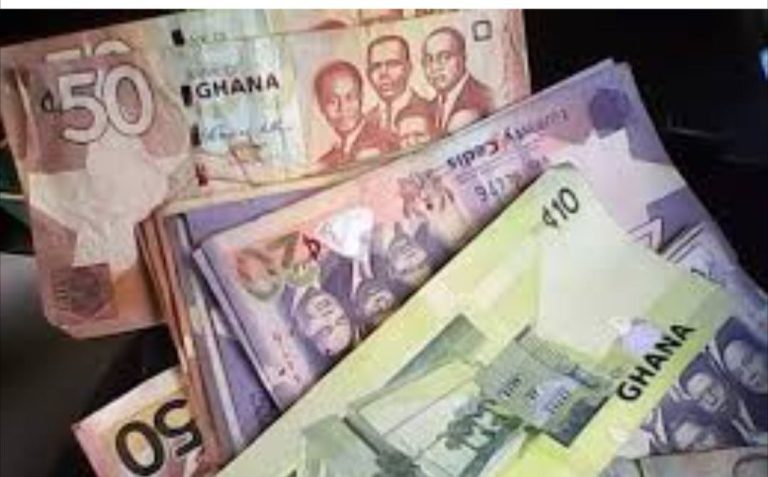In a bold effort to stabilize the local currency, the government of Ghana has pumped approximately $1.4 billion into the economy during the first quarter of 2025. This aggressive intervention, led by the Bank of Ghana, aims to curb the cedi’s earlier decline and restore investor confidence.
At the start of the year, the cedi traded above GH¢14.70 to the dollar, sparking concerns among importers, businesses, and the general public. However, thanks to the central bank’s dollar injections alongside stronger remittance flows, rising gold exports, and tighter fiscal controls the cedi has appreciated by over 40 percent, now hovering around GH¢10.40 to the dollar.
Unlike previous years when interventions were gradual, the central bank has adopted a faster and larger approach in 2025. By the end of March alone, it had surpassed its entire 2023 forex support. According to Bank of Ghana officials, this move has helped meet demand for critical imports such as fuel, pharmaceuticals, and industrial inputs.
Nonetheless, not everyone is convinced. The International Monetary Fund (IMF), while acknowledging the short-term gains, has warned against over-reliance on such interventions. The IMF has urged the government to adopt a more transparent and rules-based approach to foreign exchange management, arguing that too much control could distort market behavior in the long run.
Meanwhile, analysts say the cedi’s recovery must be matched by structural reforms to sustain growth. If gold revenues dip or public spending surges ahead of the 2026 elections, the pressure on the cedi could return.
As the government looks ahead, it remains determined to keep the currency stable. Officials insist they will combine fiscal discipline, stronger export performance, and targeted dollar support to anchor confidence in the Ghanaian economy.

